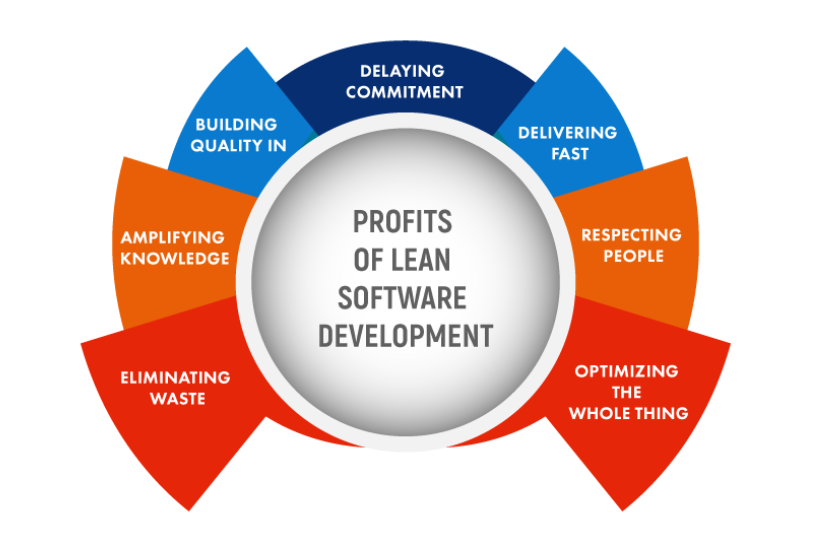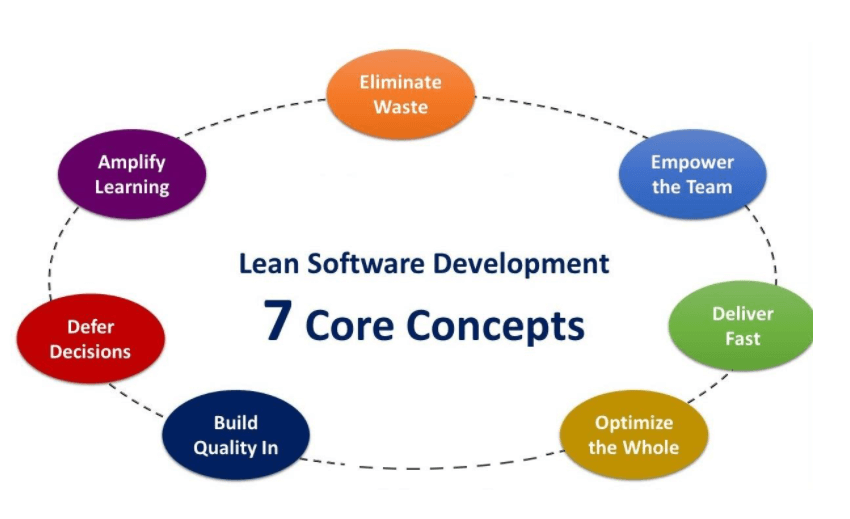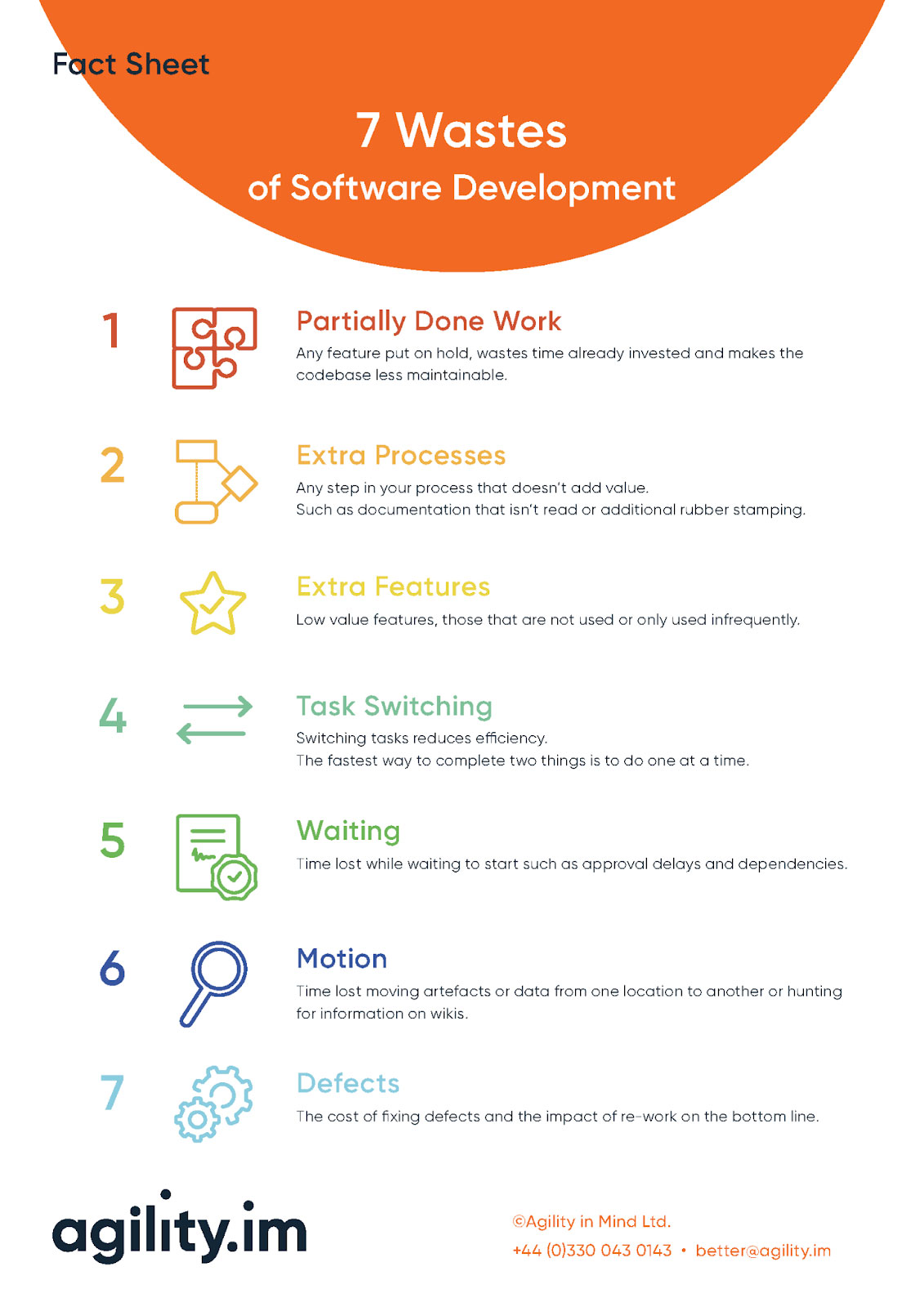Did you know lean software development practices are borrowed from the manufacturing industry? Yes, Toyota introduced the lean principle first in 1970. It’s like a blueprint or food recipe we follow in building and meals.
Similarly, lean software development principles are the set of essential rules that build robust software. It aims to have the shortest distance between the customer’s needs and the final product to implement all feedback quickly. While this is the goal, achieving it requires careful planning of all phases from idea to final product.
The top business giants are concentrating on lean software development, and you should start too. Around 90% of the companies applying lean software development principles have experienced increased customer satisfaction. The top giants like Google, GE, and Toyota use this strategy to design their products.
So, do you want to dig deeper into the lean software development principles? Read this blog further. Here, I have explained the meaning of lean software development and the principles that will help you deliver high-quality products.
Now, let’s get started.
What Is Lean Software Development?

Lean software development is a methodology that helps developers eliminate waste and improve workflow. The goal is to have a shorter distance between the customer’s needs and the final product. You can achieve this by carefully planning all phases from idea to final product.
This strategy aims to remove or reduce waste in all phases of software development. Waste is anything that doesn’t contribute directly to the product.
For example, Defects resulting from the misuse of a feature.
You should always keep an eye on recognizing and eliminating such waste since it negatively affects your customer experience with your finished products. However, don’t forget that waste can also be in the form of time, effort, or money.
Top Principles of Lean Software Development
Now that you know what lean software development is, it’s essential to learn about the principles associated with it. The following are some important principles:

Principle #1- Eliminate Waste from Software Concept to Completion
The first principle in the list urges you to get rid of anything that doesn’t help you achieve your goal. It means that waste should be eliminated at all stages of software development, from the concept stage to the completion stage.

One way to eliminate waste is by detecting and fixing defects as soon as possible. Doing this will help reduce the number of flaws that make it to the testing stage.
For example, there is a stage called the “concept” phase in software development. During this part of development, the project manager will describe what needs to be done for their client to achieve his desired result and how it will get completed.
If you have a customer who wants something that you can’t achieve with your current technology/tools or if they’re requesting to build something that is not within your scope, you should point out such defects as soon as possible.
Principle #2- Amplify Learning by Avoiding Building the Wrong Features
Most software projects fail because of poor requirements gathering and planning. To avoid this problem, use an agile approach to create a working system quickly, which allows for feedback and learning.
To achieve this, you need to ensure the features you build are the ones your customers want. You can get feedback from them as soon as possible. It’s also essential to have a good understanding of who your customers are and what they want. It will help reduce the chances of building the wrong features.
For example- A common problem in software development is when developers build features that the customer never asked. It is usually a result of poor requirements gathering and planning.
To avoid this, you should always get feedback from your customers as soon as possible and ensure that you have a good understanding of who they are and what they want.
Principle #3- Decide As Late as Possible to Remove Maximum Uncertainty
In this principle, you should aim at removing any remaining uncertainties about the outcome of a project. You can do this by delaying decisions until it’s needed and when there is no other choice but to decide because time has run out.
It also includes delayed architectural design decisions to allow for feedback-driven design.
For example, in software product development, you often have to decide before having all the information. It can lead to uncertainty about the project’s outcome and could cause it to fail.
You should delay making decisions when you can and make decisions as late as possible. It will allow for more feedback, which will help you reduce the chances of building something that doesn’t meet your customer’s needs.
Principle #4. Deliver As Fast As Possible
This principle urges you to deliver working software as soon as possible. It means that you should avoid waiting until the project gets completed before releasing it to your customers.
The idea behind this principle is that it’s better to release a product that’s not perfect but can be improved over time than never to release it at all.
For example, the traditional way of software development is to wait until the project is completed before releasing it to your customers. It often leads to products that are not perfect and need improvement over time.
And the agile approach recommends that you release a product that’s not perfect, but you can improve it over time. It allows for feedback from your customers and improves your product based on their feedback.
Principle #5. Empower The Software Development Team
You should always give your software development team the authority and freedom they need to be successful. It includes providing the resources they need and making decisions without interference from management.
This principle aims for the developers to feel like they are in control of their work and make decisions that will help them succeed.
For example- In traditional software development, the developers are often given a lot of restrictions by management. It can lead to frustration and a lack of control over their work.
And in agile software development, the developers are given more authority over their work, and they can make decisions without interference from management.
It allows for a better working environment where the developer controls their work. It leads to high morale among developers, which will help them produce better quality code and be more committed to the project.
Principle #6- Build Quality Software Code
Software developers should always build quality software code. It means that they should take the time to write clean, organized, and well-tested code.
This principle aims to create a system that can last over time and other developers can improve in the future.
For example, in traditional software development, the focus is often on meeting deadlines and not creating quality code. It often leads to software that is difficult to maintain and update. Try to avoid this, if possible.
In contrast, in agile software development, the focus is on creating quality code from the beginning. It allows for a reliable and easy system to maintain over time.
You can achieve this by using best practices such as code reviews, unit testing, and automated testing. These will help you produce code of high quality and easy to maintain.
Principle #7. Optimize The Whole Software Development Process
At its heart, lean software development is about optimizing the entire software development process. It includes optimizing your workflow, tools, communication methods, and anything else that can improve.
To achieve this goal, you have to constantly analyze and improve your process. It would be best to experiment with new ideas and approaches to find the best work method.
For example- One way to optimize your software development process is to improve your communication methods. It includes using tools like Slack or Hipchat to communicate with your team.
Another way to optimize your process is to use better tools and workflows. You can try using a tool like Jira to help manage your projects.
The key is to be trying new things and improving your process constantly. It will help you create better quality software more efficiently.
Conclusion
The 7 lean software development principles above promise to help you create better quality software. Put them to work in your next project and improve your team’s workflow.
However, it is important to note that this process might not be right for all projects. You should always consult a software development outsourcing company before deciding on a certain method. This will help you get the best solutions and ensure that your business stays away from any risk.


































